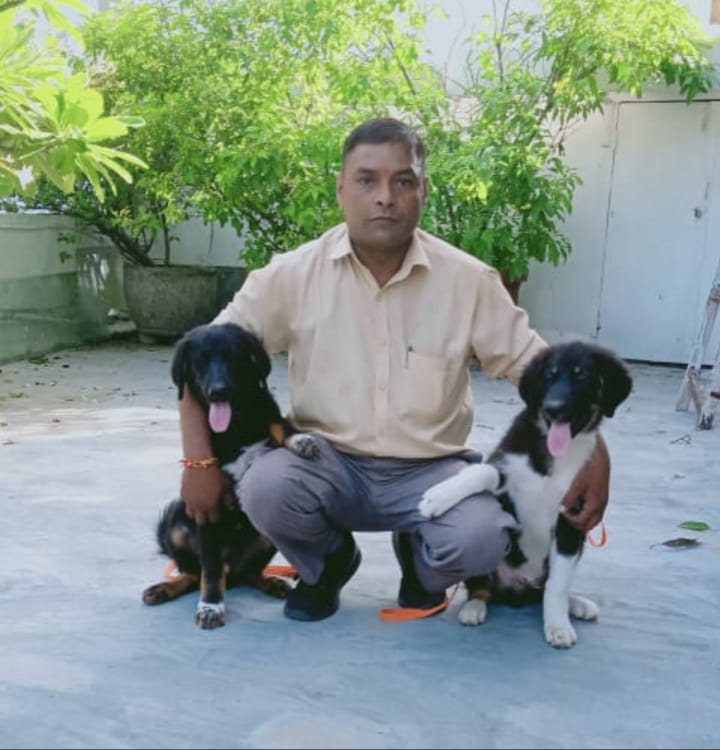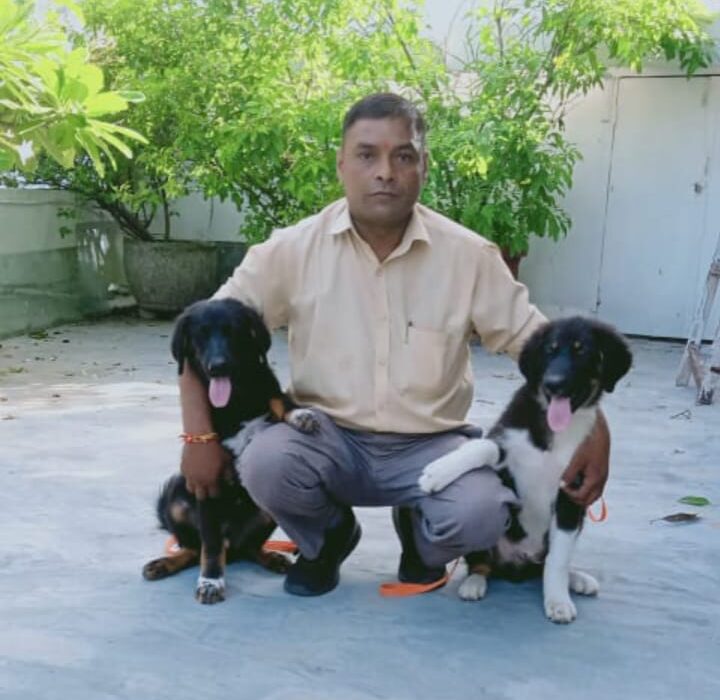How Positive Reinforcement Changes Aggressive Dogs

Aggressive behavior in dogs can be frightening, unpredictable, and emotionally draining for pet owners. Whether it’s growling at guests, lunging at other dogs, or reacting to loud sounds, aggression is often misunderstood. While punishment might seem like a quick fix, it usually worsens the situation by creating fear and mistrust. On the other hand, using rewards and encouragement helps reshape aggressive behavior in a calm, respectful, and lasting way.
Understanding the Roots of Aggression
Before addressing aggression, it is important to understand where it comes from. Aggression in dogs does not appear on its own, there is always an underlying reason behind it. Most aggressive reactions stem from fear, anxiety, lack of socialisation, past trauma, or confusion about what is expected of them. Some dogs react aggressively because they feel the need to protect themselves, their territory, or their owner. Others may have never been taught how to behave in challenging situations.
Dog behavior training begins by identifying these triggers. A professional trainer observes the dog’s environment, body language, and response patterns to uncover what causes the aggression. Once the root is clear, the training plan focuses on reshaping that behavior through calm, consistent, and reward-based techniques.
The Role of Positive Reinforcement
Positive Reinforcement method focuses on encouraging good behavior by offering rewards when the dog responds appropriately.This could be a treat, praise, affection, or playtime. Instead of punishing a growl or snap, the dog is guided to choose a better response and is then rewarded for it. Over time, the dog learns that calm behavior leads to good things, while aggression does not bring any benefit.
For example:
- A dog that growls when someone approaches its food bowl is taught to associate human presence with treats and praise.
- A dog that barks at strangers is trained to remain calm and is rewarded with affection when it does so.
This training builds trust, reduces fear, and rewires the dog’s emotional response in triggering situations. The goal is not to suppress aggression through fear but to replace it with confident, positive behavior.
Patience and Consistency Matter
Positive reinforcement is not a quick fix. Changing aggressive behavior takes time, repetition, and a lot of patience. The dog must feel safe, understood, and free from punishment-based pressure. Each small progress, like a calm reaction or a relaxed body posture, is rewarded to build confidence step by step. Gradually, these small wins form a new behavioral foundation.
Involving the pet owner is also key. They must learn how to stay calm, give clear signals, and avoid reinforcing the wrong behavior unintentionally. Professional trainers guide both dog and owner through this process, making it a team effort.
Trust K9 Dog Guru for Dog Behavior Training
At K9 Dog Guru, we specialise in dog behavior training that transforms aggressive dogs using kind and effective methods. With over 30 years of experience and a deep understanding of canine psychology, Satish Vaishnav works closely with both dogs and owners to rebuild trust and teach better responses. Every training session is conducted in your home, where the dog feels most secure. If your dog shows signs of aggression, know that change is possible with the right approach and compassionate guidance.

